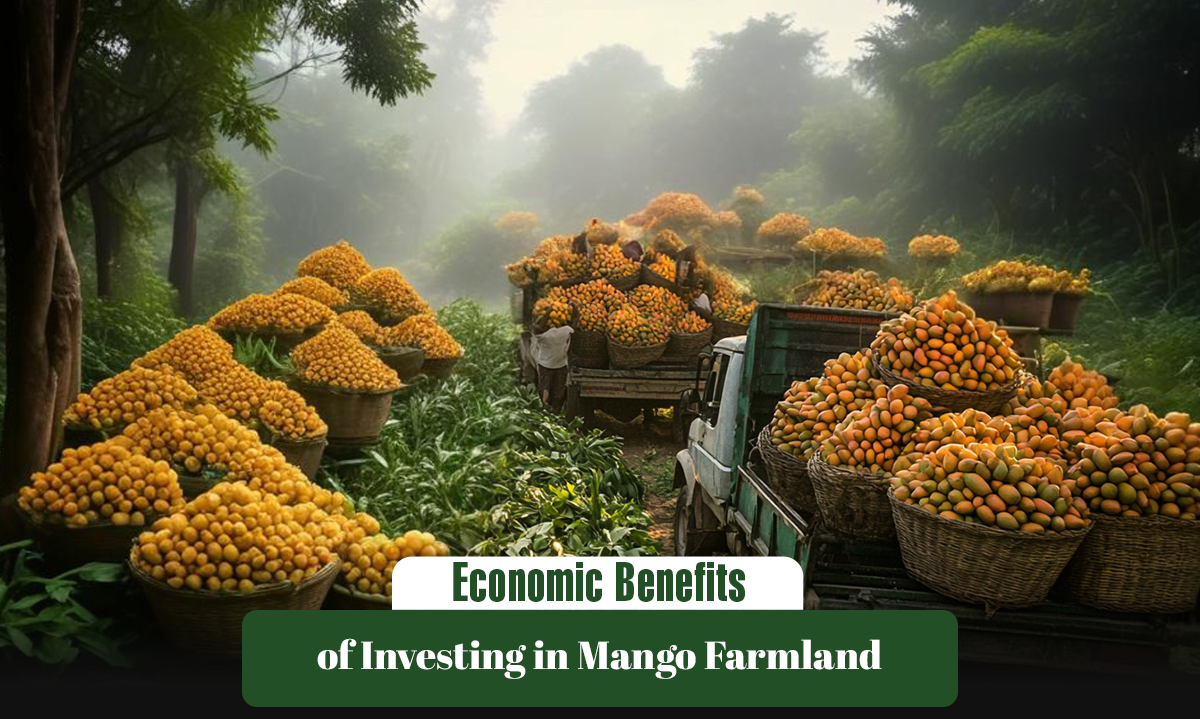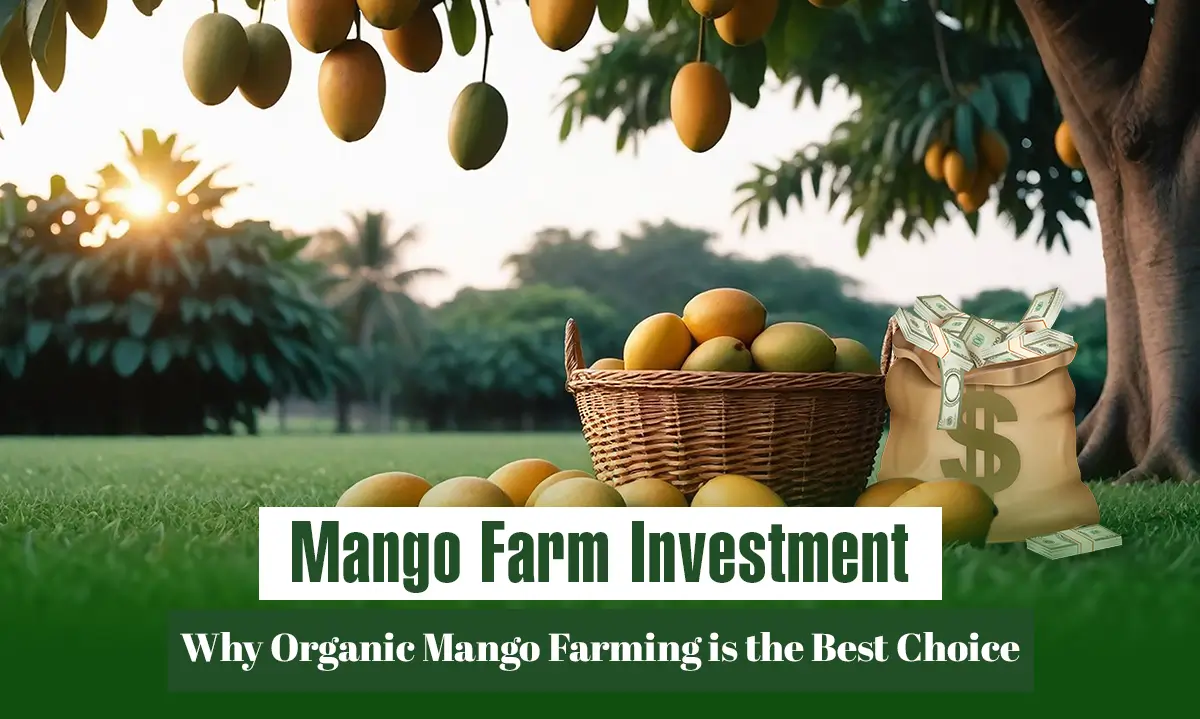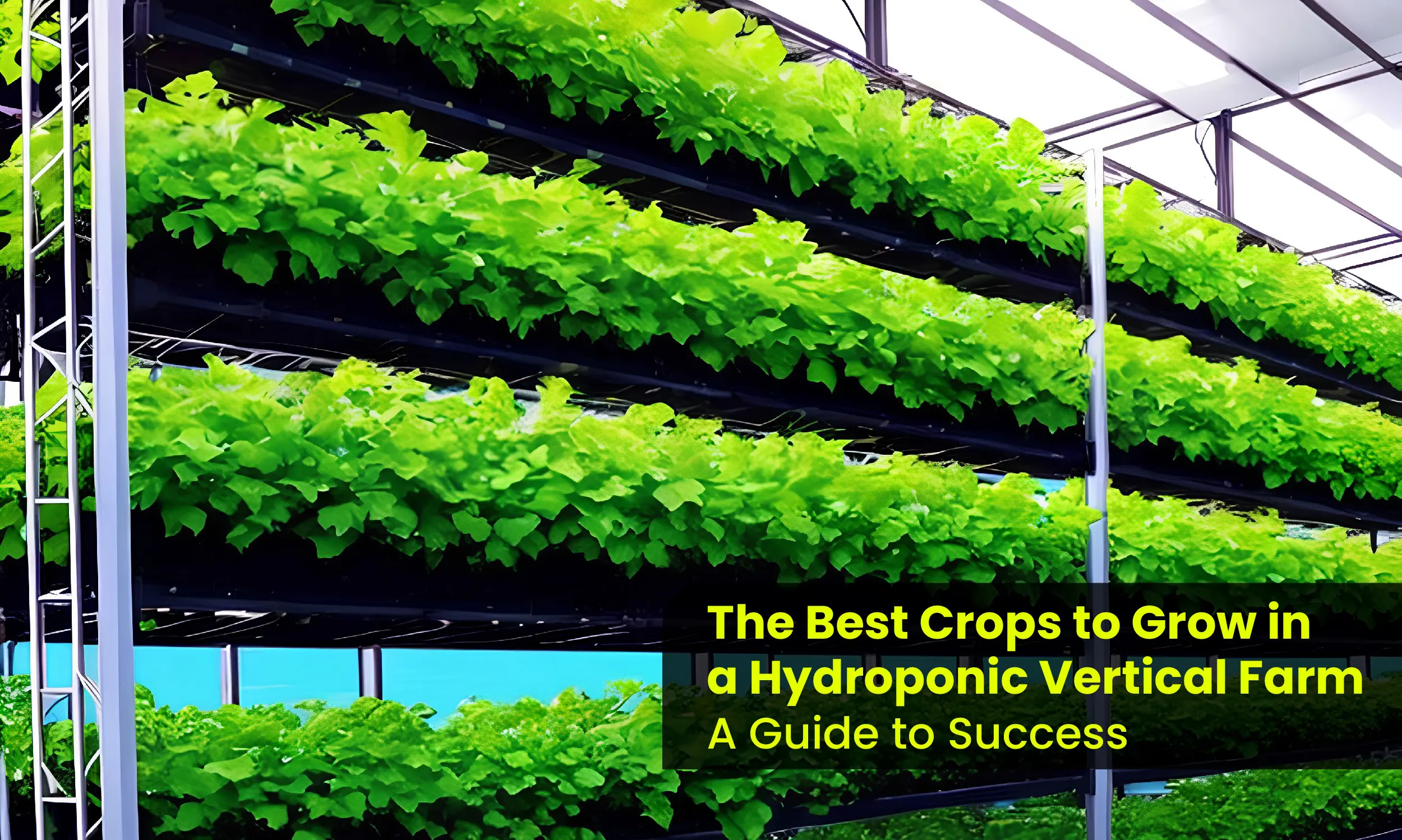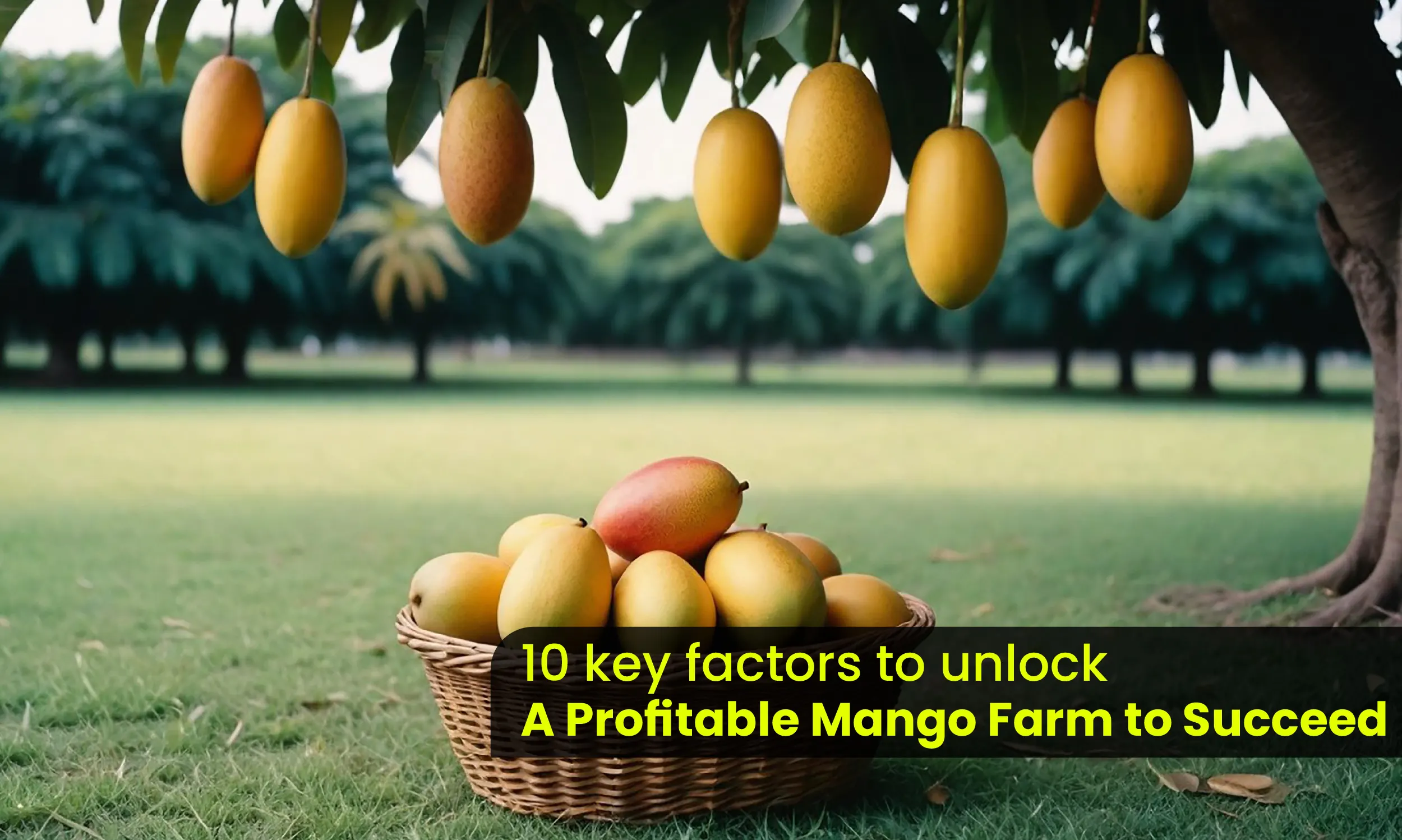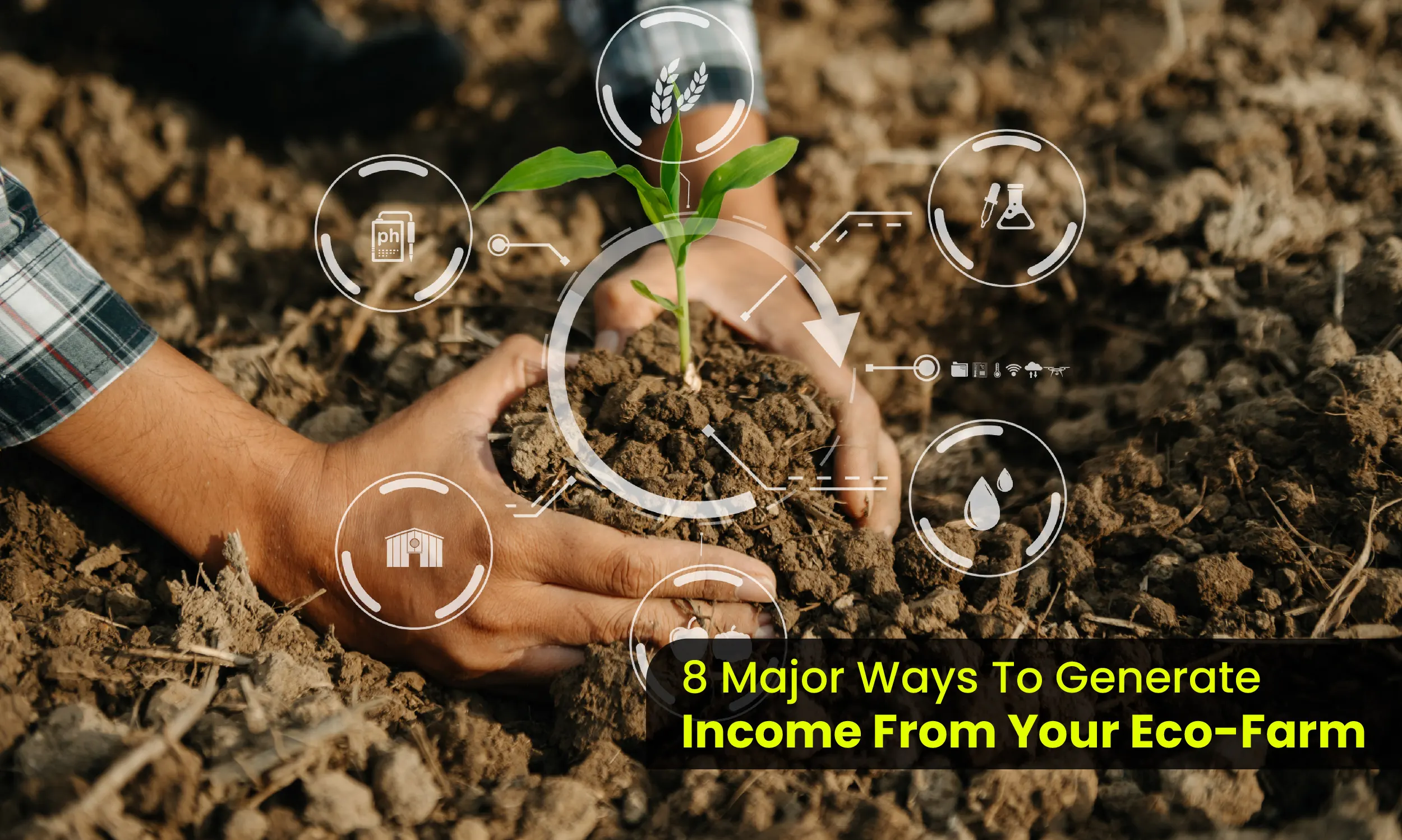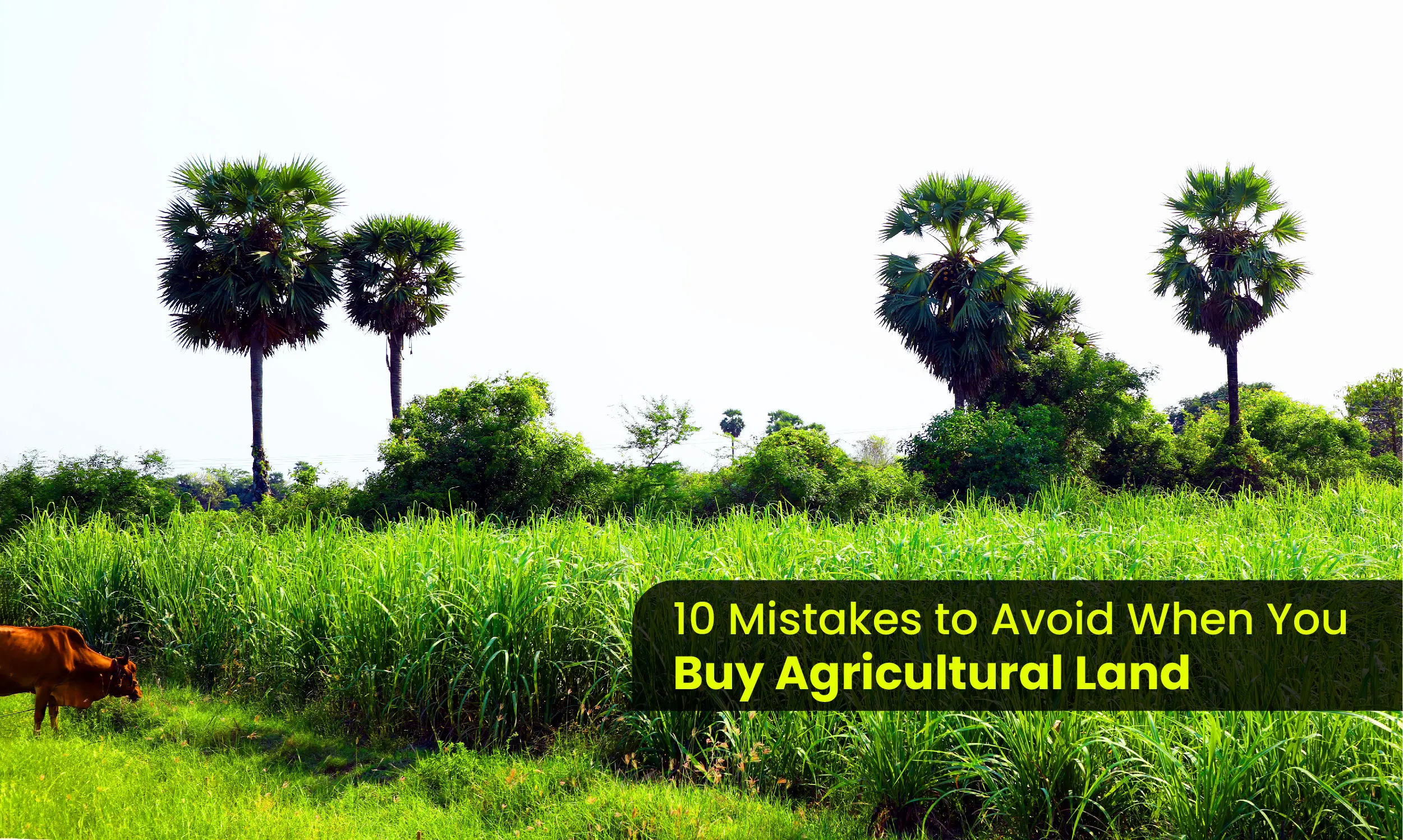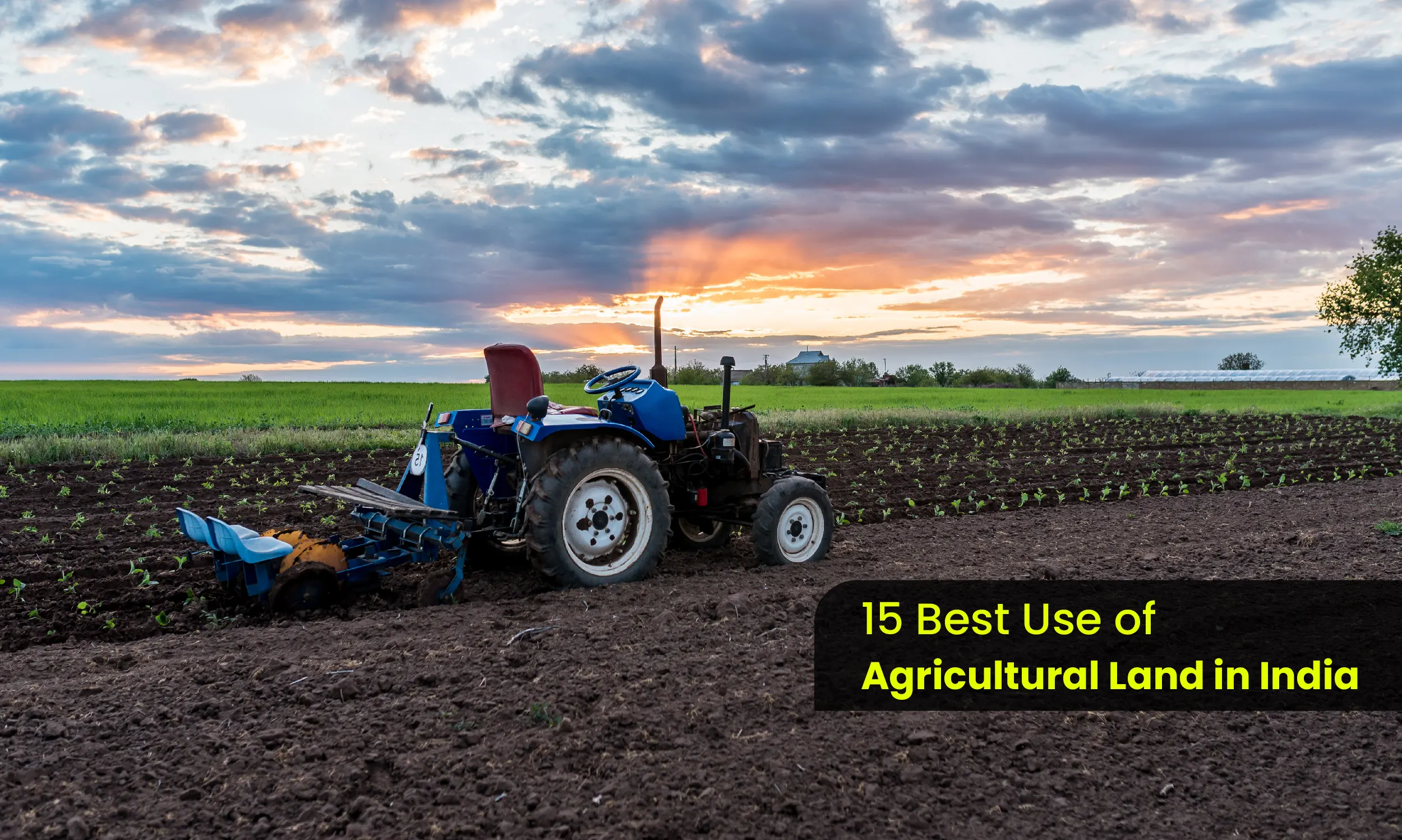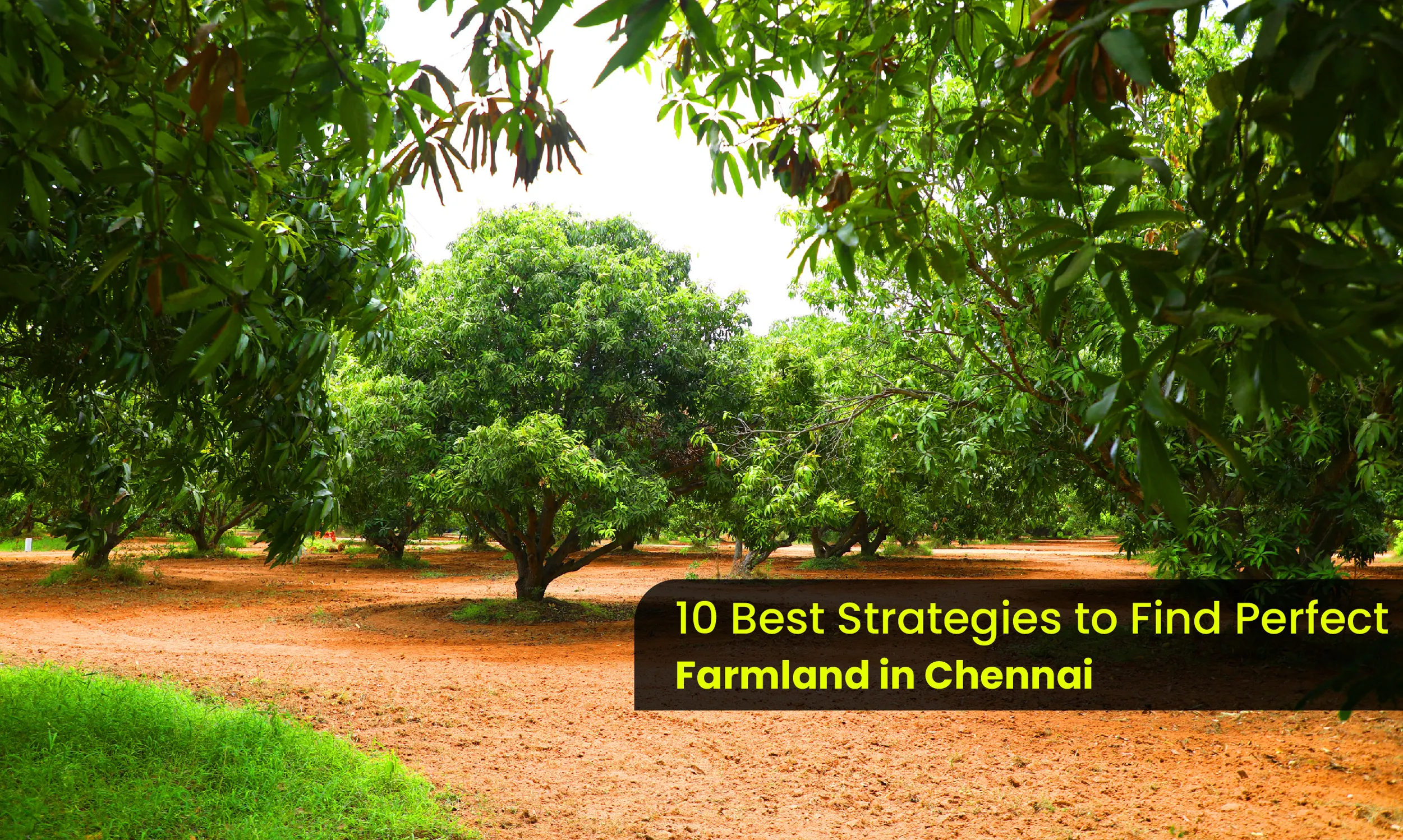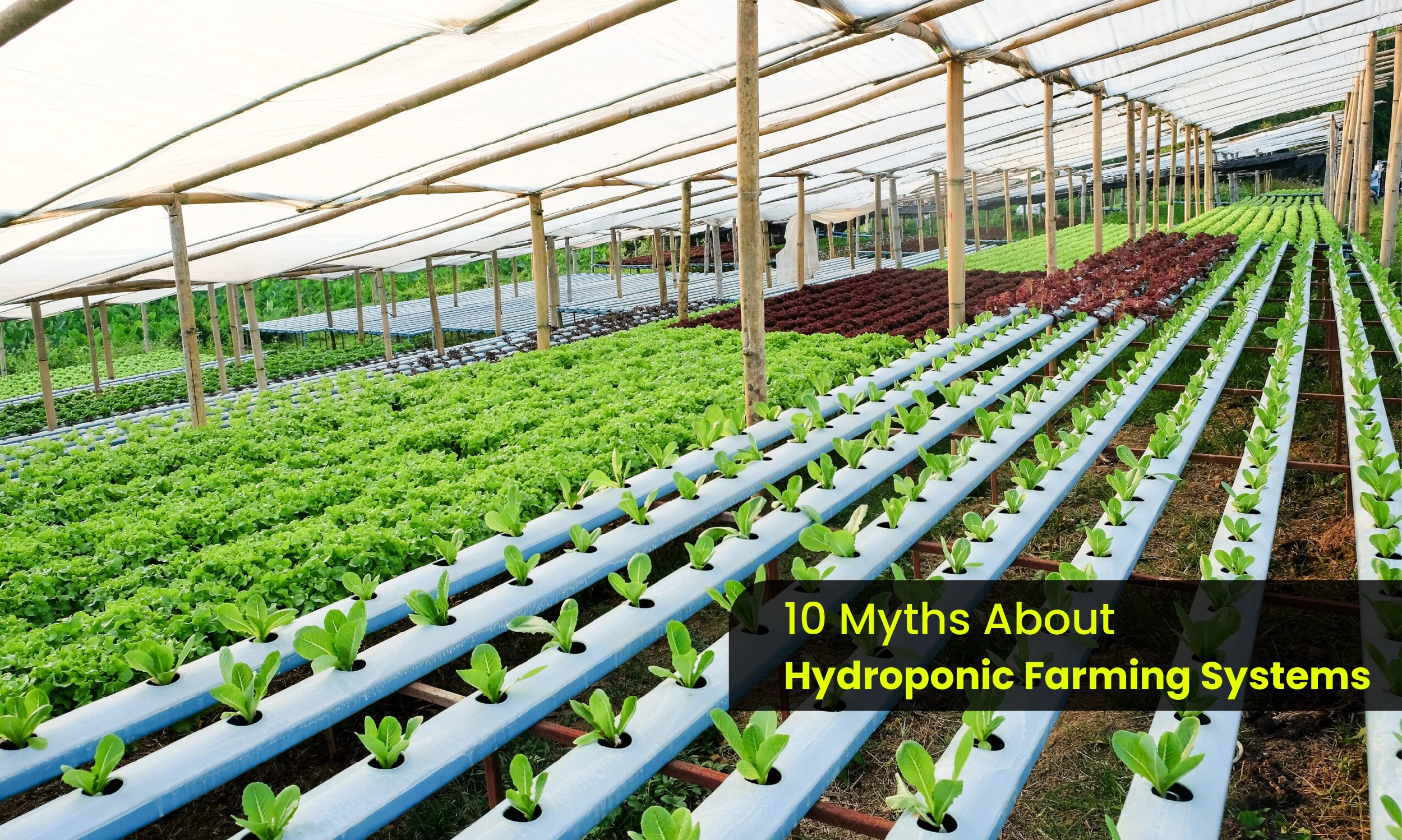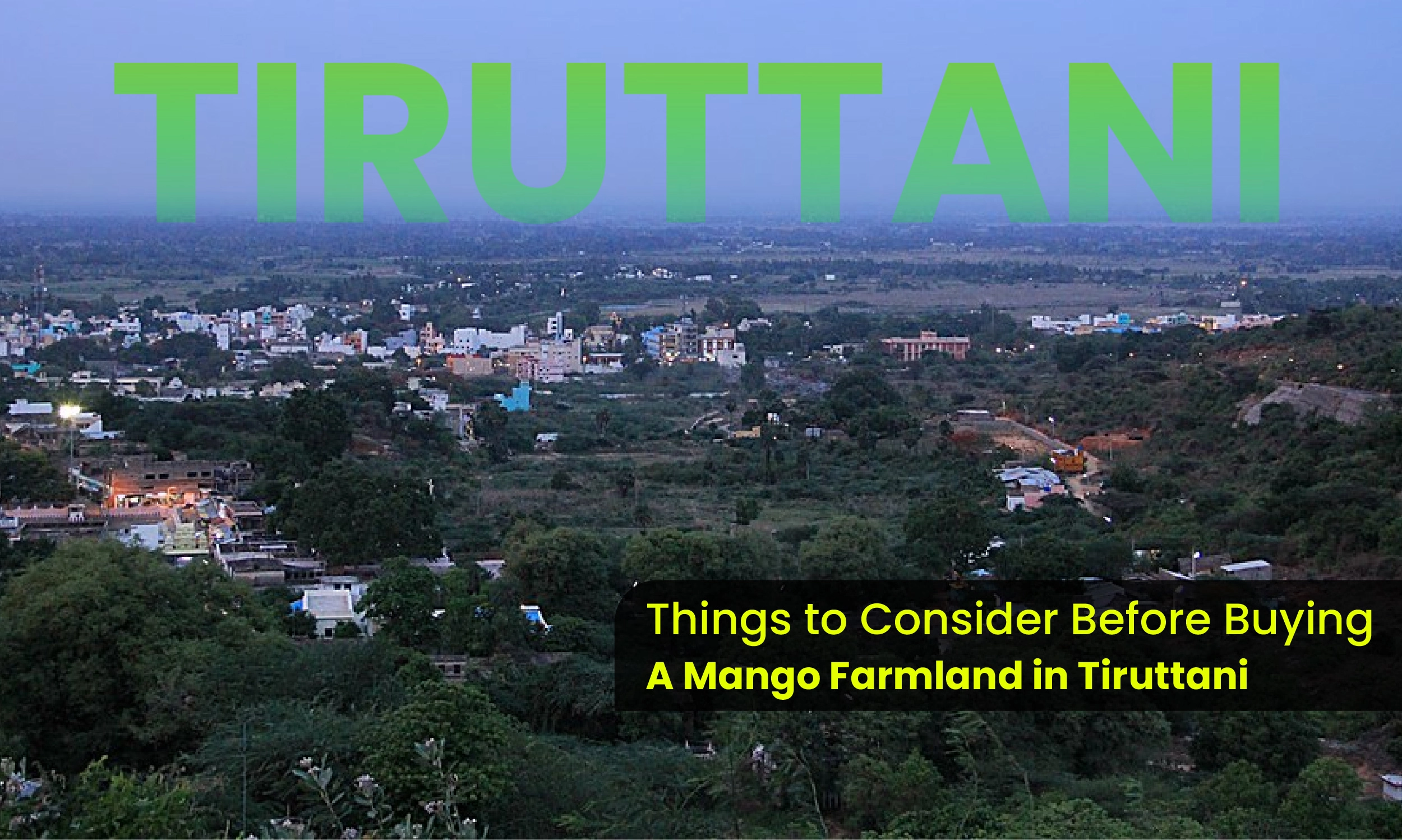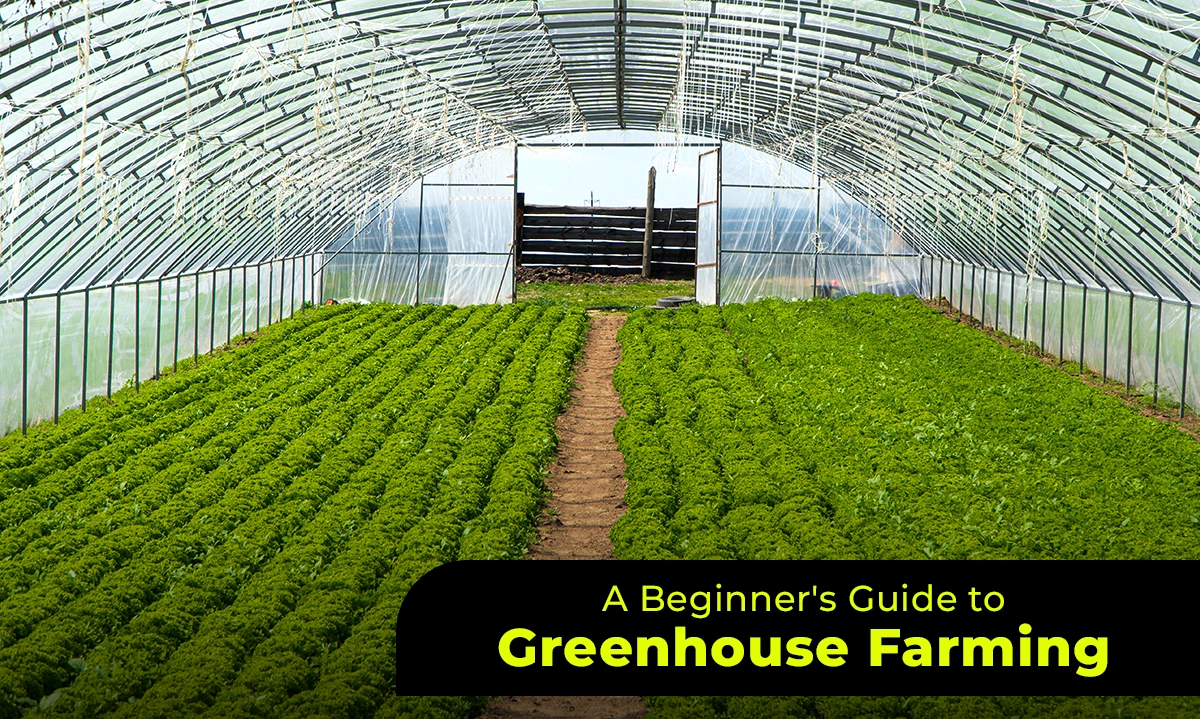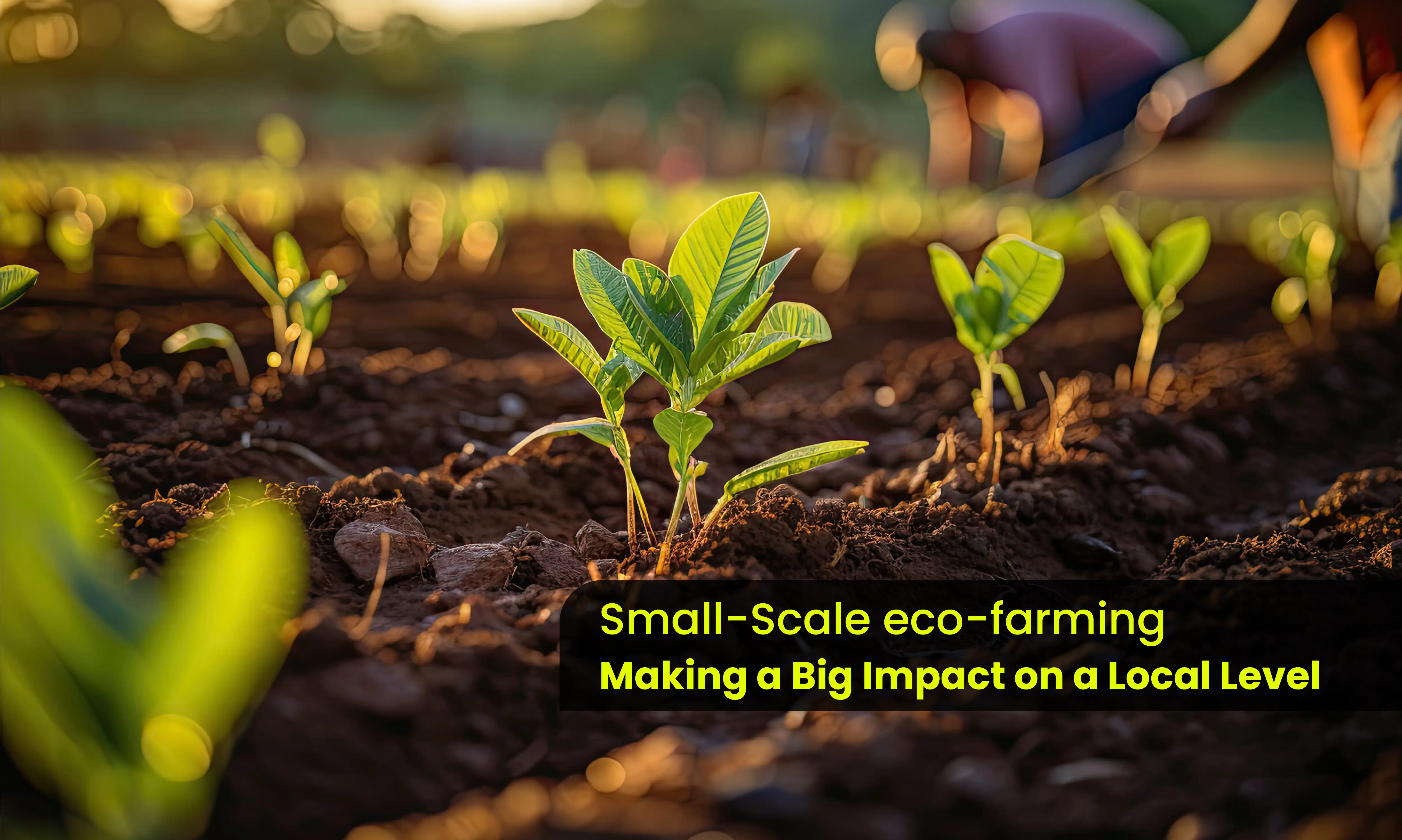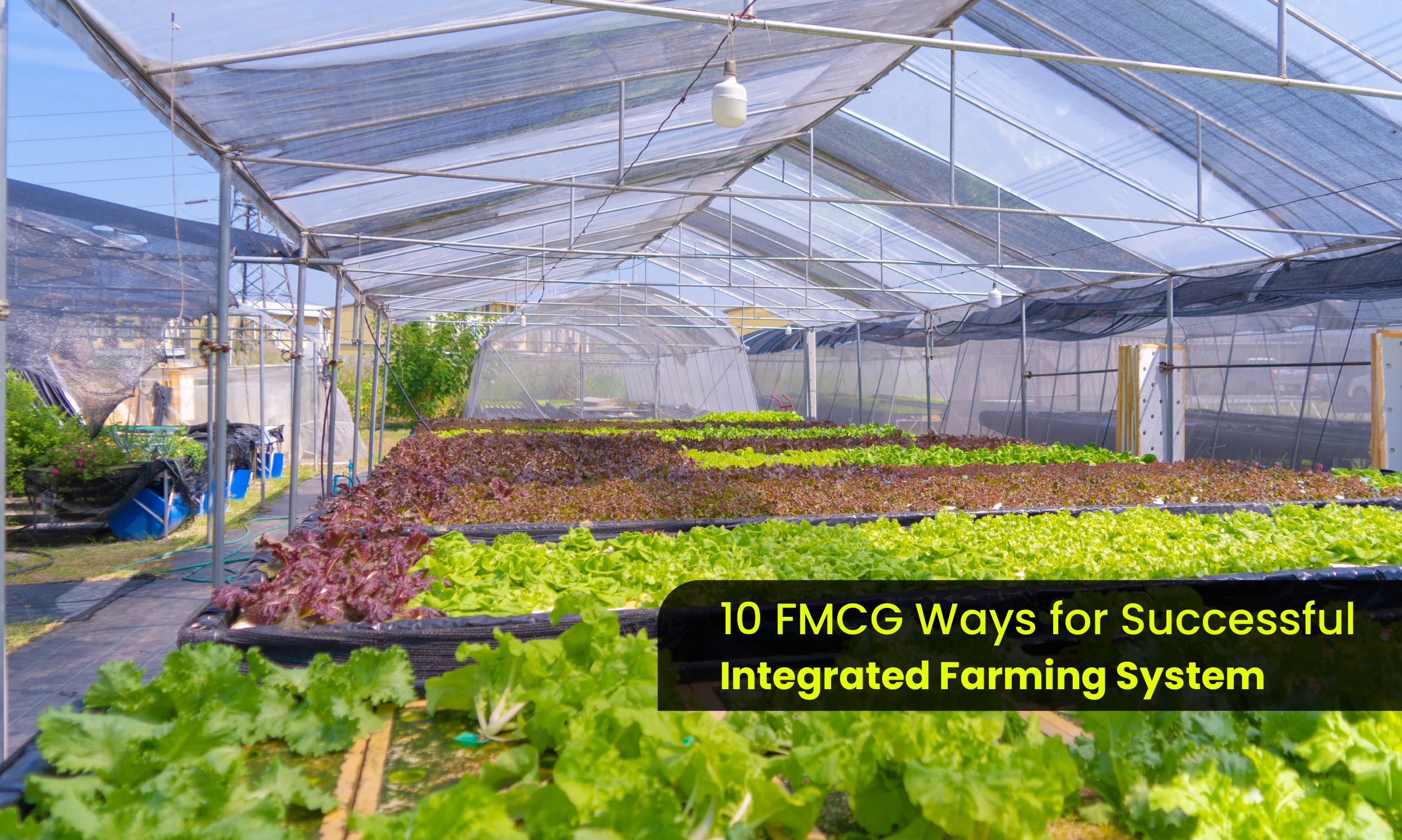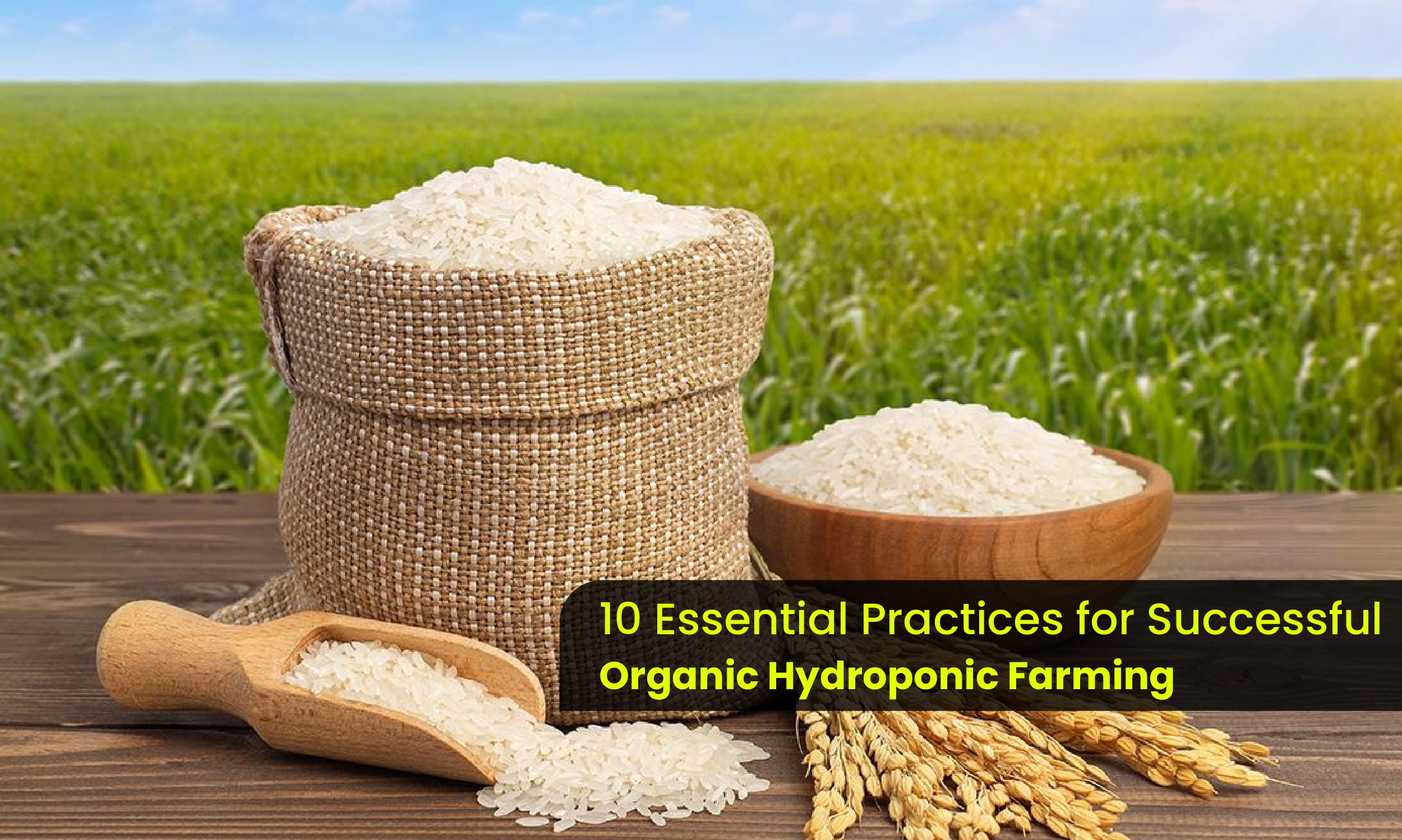How to Start a Profitable Mango Orchard: A Step-by-Step Guide for Investors
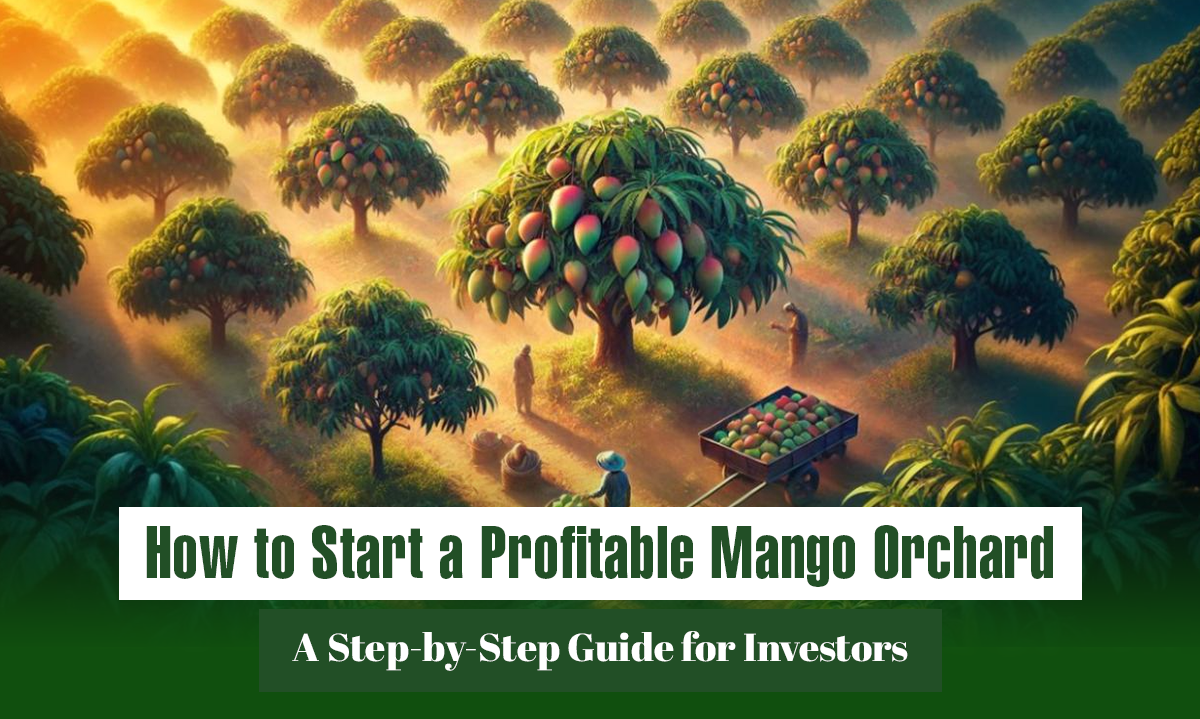
How to Start a Profitable Mango Orchard: A Step-by-Step Guide for Investors
If you're looking for a long-term, profitable investment in agriculture, setting up a mango orchard is a great choice. Mango farming has been a successful business for generations, and with the increasing demand for high-quality mangoes, the opportunity is bigger than ever. As someone deeply involved in farmland investment, I want to share my insights on how you can start your own mango orchard and turn it into a successful business.
Why Invest in a Mango Orchard?
Mangoes are one of the most consumed fruits in the world. With both local and international markets looking for premium mangoes, investing in a mango orchard is a decision that pays off in the long run. Here’s why:
Consistent Demand: Mangoes are always in demand, especially in export markets.
Long-Term Profits: A well-maintained mango orchard can yield fruit for decades.
Sustainable Investment: Mango farming requires low maintenance once established.
Multiple Revenue Streams: Sell fresh mangoes, processed products, or even set up agro-tourism.
Step 1: Choosing the Right Land for Your Mango Orchard
The first and most important step is selecting the right land. Here are the key factors to consider:
Climate: Mango trees thrive in tropical and subtropical climates.
Soil Quality: Well-drained, loamy soil with a pH between 5.5 and 7.5 is ideal.
Water Availability: Sufficient water supply is necessary, especially in the early years.
Accessibility: The land should have good road connectivity for easy transportation of produce.
Step 2: Selecting the Best Mango Varieties
Choosing the right mango variety is crucial for maximizing profits. Some popular varieties include:
Alphonso: Premium mango variety with high demand in export markets.
Kesar: Known for its strong aroma and sweet taste.
Dasheri: One of the most popular varieties in India.
Tommy Atkins: A variety that grows well and is suitable for export.
If you plan to sell in the international market, selecting export-friendly varieties will ensure higher profits.
Step 3: Preparing the Land and Planting Mango Trees
Once you have the land and mango variety, the next step is preparing the orchard.
Land Preparation: Clear the land, test the soil, and add organic compost to improve fertility.
Planting Method: Mango trees should be planted 10-12 meters apart to allow proper growth.
Best Time to Plant: The ideal planting season is at the start of the monsoon.
Step 4: Managing Your Mango Orchard for Maximum Yield
Mango orchards require proper care, especially in the first few years. Here’s how to manage your farm effectively:
Irrigation: Young trees need regular watering, while mature trees require less frequent irrigation.
Pruning: Regular pruning ensures better fruit production and tree health.
Pest and Disease Control: Use organic pesticides and natural methods to prevent pests and diseases.
Soil Management: Organic fertilizers and mulching help maintain soil fertility.
Step 5: Harvesting and Selling Mangoes
Mango trees start producing fruit within 3-5 years, and the best time for harvesting depends on the variety. Here’s what to keep in mind:
Harvesting Methods: Mangoes should be carefully picked to avoid damage.
Storage and Packaging: Proper storage and packaging ensure better prices in the market.
Selling Strategy: Sell directly to wholesalers, retailers, or explore export opportunities.
Additional Revenue Streams from Your Mango Orchard
To maximize your earnings, consider these additional income sources:
Value-Added Products: Processing mangoes into pulp, juice, or dried mangoes.
Agro-Tourism: Offering farm stays and mango-picking experiences for visitors.
Intercropping: Growing additional crops like vegetables or medicinal plants between mango trees.
Conclusion
Starting a mango orchard is not just an investment; it’s a long-term business with great potential. By choosing the right land, selecting the best mango varieties, and following proper farm management practices, you can build a profitable mango farm that generates steady income for years to come. If you’re interested in investing in farmland, I can guide you through the entire process to ensure your success.
Latest blogs
JOIN OUR COMMUNITY !
Stay connected with Getfarms! Follow us on social media for the latest updates, exclusive offers, and a glimpse into the world of farmhouse living. Join our community today


